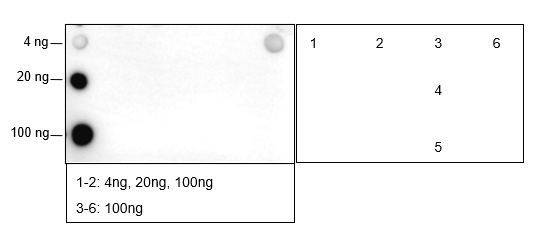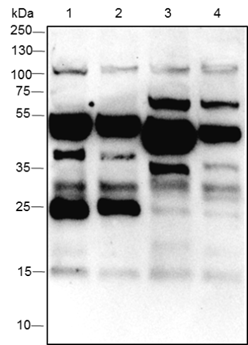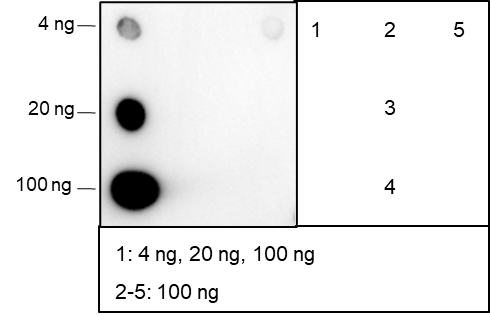Background
Histone post-translational modifications (PTMs) are a key mechanism in epigenetic regulation of chromatin structure and are known as the "histone code." Post-translational modifications on histones include acetylation, methylation, phosphorylation, and some novel acylation modifications discovered in recent years. These histone modifications directly affect the binding of chromatin to transcription factors or other epiregulators, altering genome stability and gene transcription, etc. Histone methylation typically occurs in lysine and arginine residues of core histones. Histone methylation can either promote or inhibit gene transcription, depending on whether histone methylation occurs in lysine or arginine and the number of methylation groups (lysine can be one, two, and trimethylation, arginine can be single, symmetric, and asymmetric dimethylation). Histone lysine methylation usually occurs at histone H3 4,9,27,36,79 and histone H4 20th lysine; Arginine methylation usually occurs at histone H3 at positions 2, 8, 17, 26 and histone H4 at position 3. Protein methylase (HMT) and histone demethylase (HDM) are the main regulators of methylation modification.
Cellular location
/





